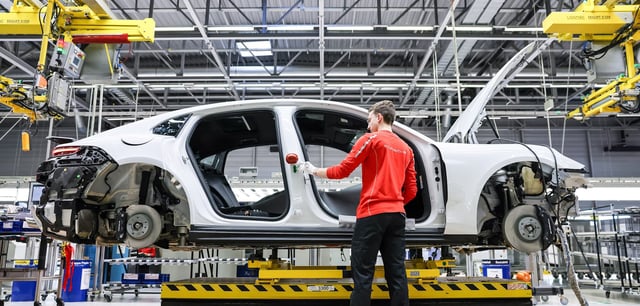Overview
- Germany’s unit labour costs in 2024 were 22% higher than the average of 27 industrialised countries, according to the employer-aligned IW.
- Key competitors enjoy sizable cost advantages, with the United States 32% lower, Japan 24% lower, and the euro area 13% below Germany.
- Germany remains highly productive, ranking seventh overall, but that edge did not offset higher labour costs as foreign rivals were only about 5% less productive and US productivity was far higher by one measure.
- Since 2018, unit labour costs rose 18% in Germany versus 20% abroad, yet German industrial gross value added fell 3% while peers grew 6%, indicating weaker pricing power for domestic manufacturers.
- IW cites skilled‑labour shortages pushing wages up and growing wage‑related social charges, and it urges curbing non‑wage cost growth and tackling demographic pressures to shore up competitiveness.

